When Tides Turn U-Boat Tour, Part 2 – and Giveaway
 To celebrate the release of When Tides Turn, this week I’m conducting a photo tour of some of the sights in the book—and I’m giving away:
To celebrate the release of When Tides Turn, this week I’m conducting a photo tour of some of the sights in the book—and I’m giving away:
“Vintage White Blossoms” candle from Vermilion, Ohio—Dan & Tess’s hometown.
“Women of WWII” sticky notes, including a WAVE (like Tess!), purchased at Pearl Harbor.
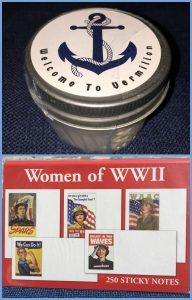 To enter, leave a comment below (US & Canada only please), and/or on the Tour of Boston and Tour of Vermilion posts and yesterday’s U-boat Tour post. You can earn extra entries by leaving a comment on each post. If you can’t leave a comment, please send me an email to enter. Giveaway ends Sunday, March 26, 2017 at 10 pm, Pacific Time. I’ll announce the winner here on Monday, March 27, 2017.
To enter, leave a comment below (US & Canada only please), and/or on the Tour of Boston and Tour of Vermilion posts and yesterday’s U-boat Tour post. You can earn extra entries by leaving a comment on each post. If you can’t leave a comment, please send me an email to enter. Giveaway ends Sunday, March 26, 2017 at 10 pm, Pacific Time. I’ll announce the winner here on Monday, March 27, 2017.
U-Boat Tour
In When Tides Turn, my fictional hero, Lt. Dan Avery, serves aboard the auxiliary carrier USS Bogue. The aircraft of the Bogue were the first to sink a German U-boat without assistance from surface ships. The escort carriers soon became the nuclei of “hunter-killer” groups, along with destroyers or destroyer escorts. These groups not only escorted convoys, but were sent to hunt down U-boats based on intelligence gleaned from intercepted and decrypted German Enigma messages and from radio direction-finding.
While researching escort carriers for this novel, I read one of the most thrilling and fascinating stories to come out of World War II—the capture of U-505 by the USS Guadalcanal group on June 4, 1944. Currently the U-505 is in a gorgeous display at the Chicago Museum of Science and Industry. When my husband and I had the honor of attending our son’s graduation from Navy boot camp at Great Lakes Recruit Training Center near Chicago this summer, there was only one item on my must-see list. After our son, of course.
Capture of the U-505—Part 2
On June 4, 1944, US Navy Task Group 22.3, led by the escort carrier USS Guadalcanal under the command of Captain Daniel Gallery, hunted down the German submarine U-505, damaged her, and forced the crew to abandon ship by 11:27 am. (Read Part 1 for a fuller account).
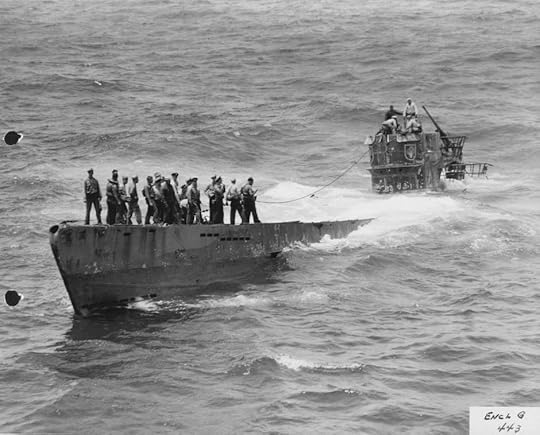
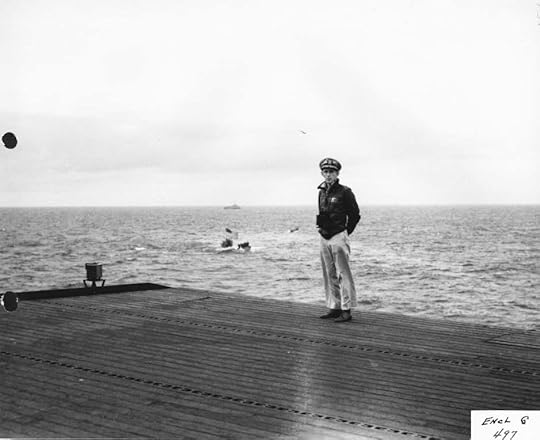
At 1230, a boarding party from the destroyer escort USS Pillsbury, led by Lt. (j.g.) Albert David—who won the Medal of Honor for his actions that day—arrived by motor whaleboat. David leapt from the whaleboat to the deck of the U-boat and attached a towline. Then he led a party of four men into the damaged sub—possibly rigged with explosive scuttling charges or booby traps—an extremely dangerous job.
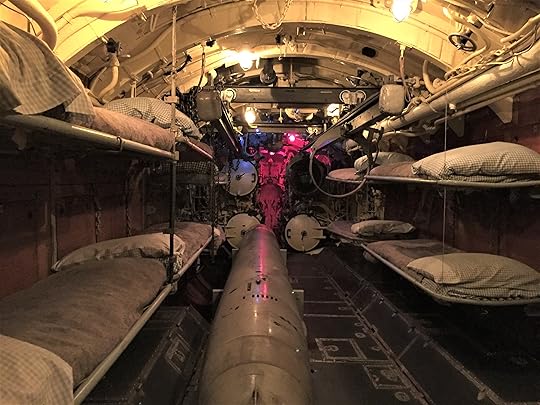

The men quickly closed valves and the sea strainer, which were letting seawater stream into the boat. At the same time, they seized papers and passed them to men outside. At 1240, a boarding party from the Guadalcanal joined them. They searched for scuttling charges, set up pumps to remove seawater, and captured the Enigma machine and codebooks.

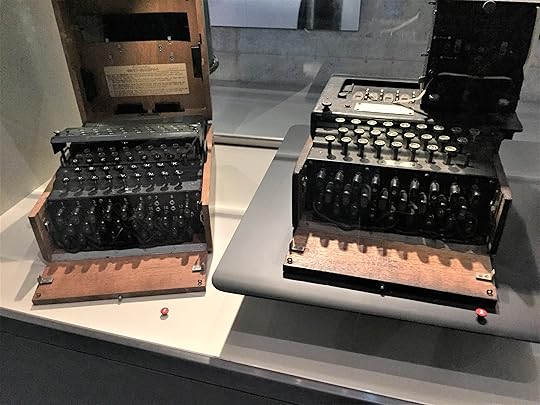
By 1415, the U-505 was stabilized and placed under tow to keep her afloat, since she was riding low in the stern. Captain Gallery and his prize set sail for Casablanca, but were later fueled at sea and directed to Bermuda to keep the capture secret.
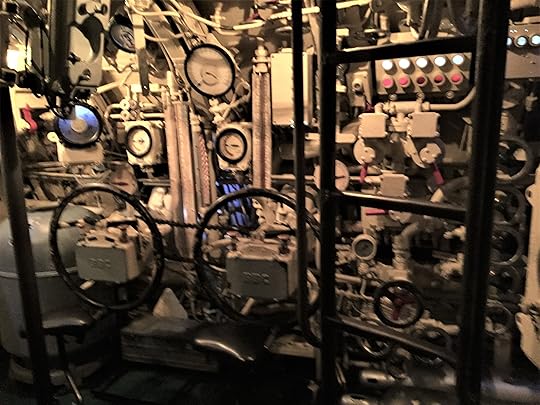

The next morning, the U-505 was riding even lower and was in danger of sinking. The controls for the damaged rudder were in the aft torpedo room. The hatch hadn’t been opened for fear of booby traps. Captain Gallery himself went over to the U-505, inspected the hatch door, decided it wasn’t rigged, and opened it. Then he put the rudder amidships, stabilizing the sub once again.
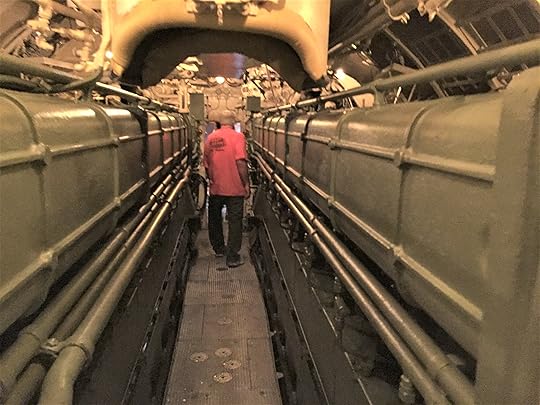
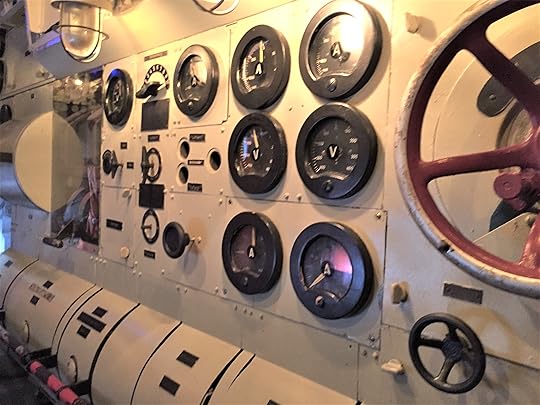
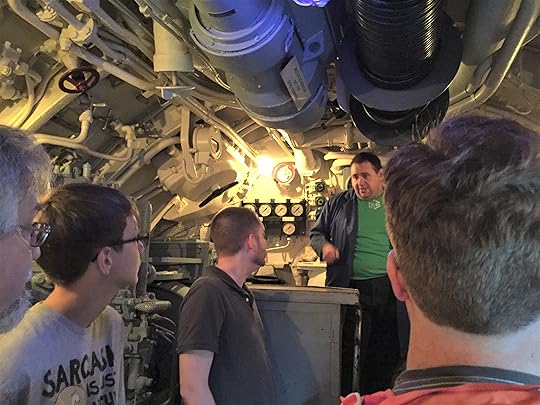
On June 19, the Guadalcanal arrived in Bermuda with the U-505, the first ship captured on the high seas by the US Navy since 1815. The prisoners were kept sequestered from other German prisoners so word wouldn’t get back to Germany. The crews of the entire task group were ordered to keep the incident secret for the duration of the war—a difficult feat considering how proud they were of their accomplishment. Yet all 3000 men kept that secret.
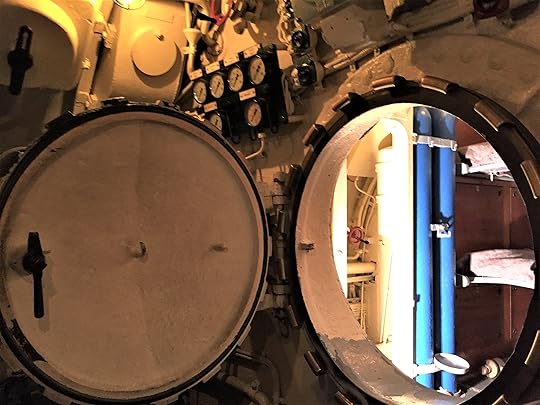
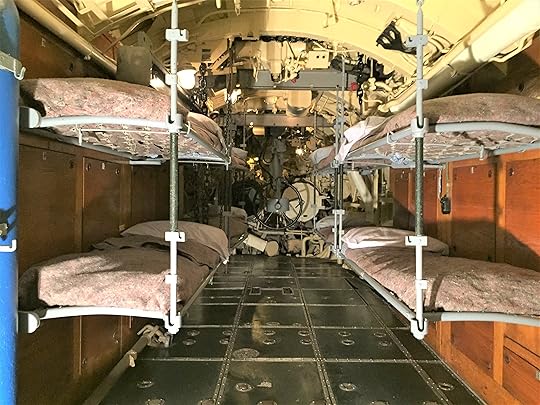
On May 16, 1945, after Victory in Europe Day, the United States announced the capture of the U-505. The sub was taken to various American ports for war bond drives, then languished for years after the war. Captain Gallery fought hard to prevent his prize from being scuttled along with other U-boats captured postwar, and in 1954 he succeeded in having the U-505 brought to his hometown of Chicago to be put on display at the Museum of Science and Industry. The journey was an engineering accomplishment of its own. The U-505 was displayed outside until 2004, when she was placed in her current underground exhibit, which is brimming with information and artifacts—well worth a visit!
See more sights from When Tides Turn!
References:
Wise, James E., Jr. U-505: The Final Journey. Annapolis, MD: Naval Institute Press, 2005.
Y’Blood, William T. Hunter-Killer: U.S. Escort Carriers in the Battle of the Atlantic. Annapolis, MD: Bluejacket Books, 1983.
http://www.uboatarchive.net/U-505.htm (Tons of primary source documents, logs, and photographs).



